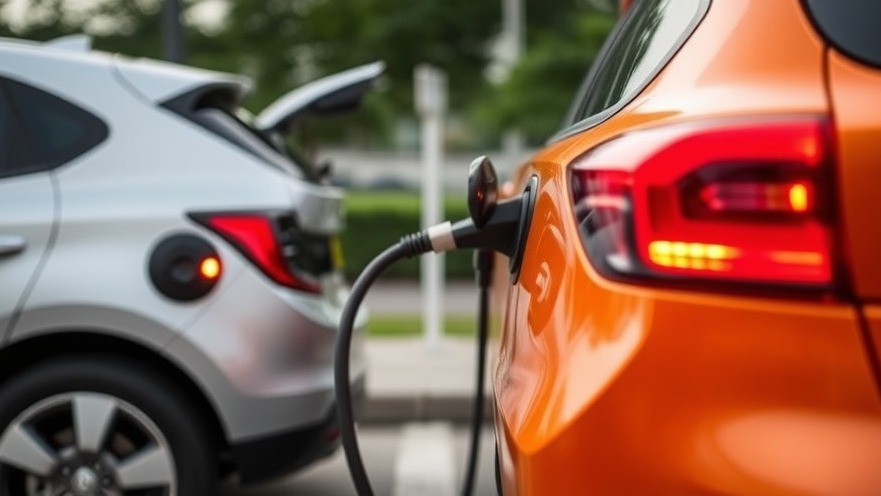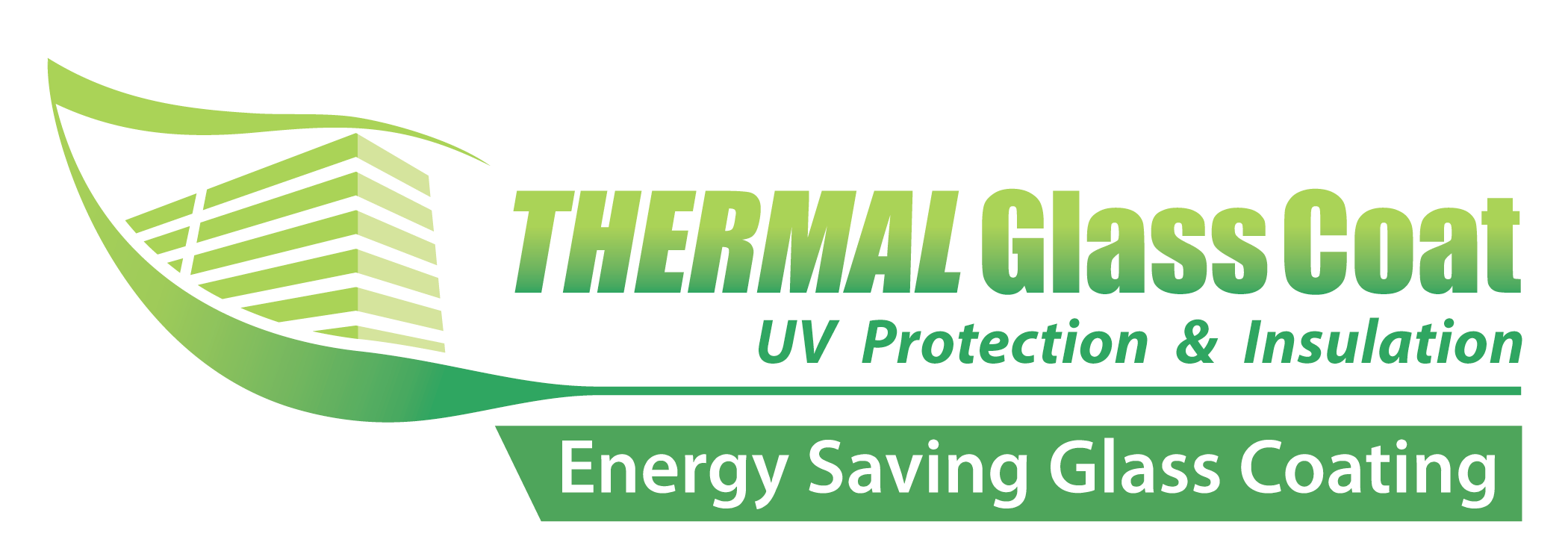
Why Bother? The Road Towards Electric Vehicles
Many homeowners are considering the transition to electric vehicles (EVs) as a means to contribute to a greener environment and reduce long-term transportation costs. However, the decision involves more than just purchasing a vehicle. It requires careful consideration of several factors that can shape your experience and investment.
1. Understanding Charging Options: Which is Right for You?
One of the first decisions aspiring EV owners face is the type of charger to install at home. Level 1 chargers are convenient as they plug into standard outlets but provide slow charging speeds—approximately five miles of range per hour. This option may suffice for those with predictable daily distances. On the other hand, a Level 2 charger, which requires a specialized 240-volt outlet, offers faster charging of about 12 miles of range per hour, making it a suitable choice for individuals with longer commutes or frequent travel needs. When deciding, it's crucial to weigh the costs of installation and what public charging facilities might be accessible in your area.
2. How to Save Money on Charging
With utility companies adapting to the EV surge, many now offer special rates aimed at making electric charging more affordable. For example, programs that encourage nighttime charging can significantly reduce electricity costs. For instance, Georgia Power’s Overnight Advantage plan allows EV owners to charge at a mere 2.2 cents per kWh during designated hours, creating dramatic savings compared to peak rates that can exceed 30 cents. Making informed choices on when to charge can lead to substantial monthly savings and contribute to a sustainable lifestyle.
3. Partnering With Your Energy Company for Optimal Experience
Your relationship with your local energy provider can greatly enhance your EV ownership تجربة. Many utilities provide tailored resources, special EV rates, and even incentives for those transitioning to electric vehicles. It's invaluable to engage with your energy company to understand these offerings—be it assistance with setting up home chargers or updates on nearby public charging infrastructures. This proactive approach can help streamline your transition into the EV world.
Conclusion: The Electric Future Awaits
As electric vehicles continue to grow in popularity, making the switch becomes less daunting. By understanding charging options, optimizing costs, and collaborating with your energy provider, homeowners can successfully navigate the journey towards a greener future. Explore your local options now to maximize your EV experience.
 Add Row
Add Row  Add Element
Add Element 



Write A Comment